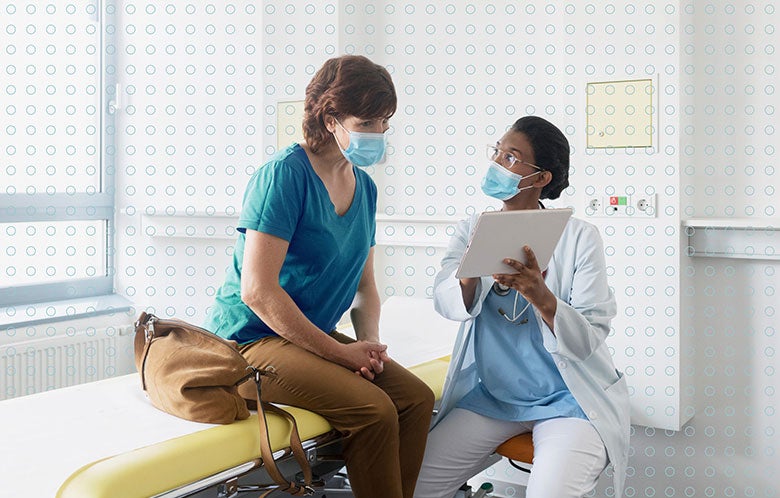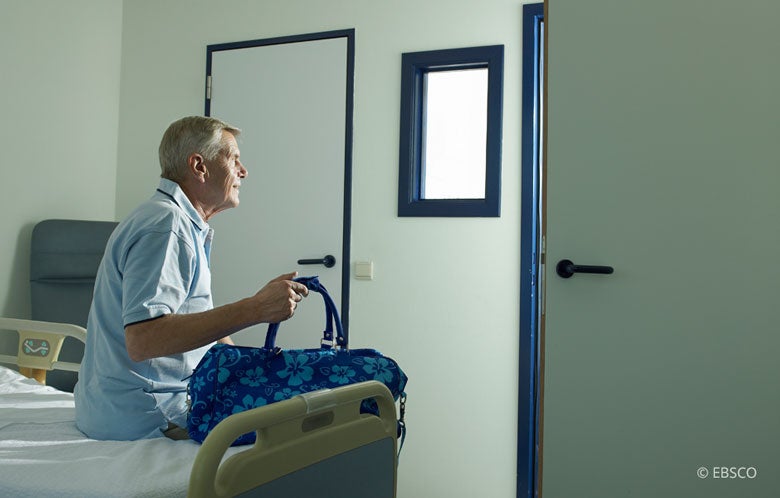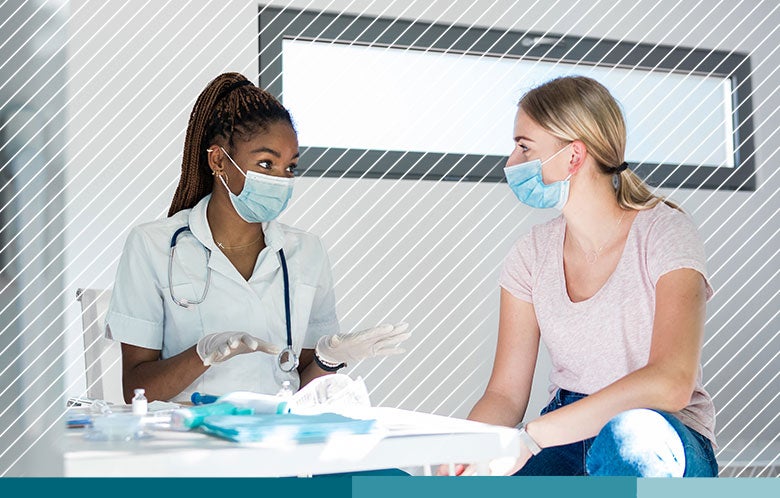Some infections induce lifelong immunity after recovery while immunity for others wane over time. The durability of immunity to SARS-CoV-2 is presently unclear, though a topic of intense investigation. While it might take time to figure out just how long immunity to SARS-CoV-2 lasts, we can start to unravel correlates of protection and estimate risk of reinfection.
What exactly is SARS-CoV-2 reinfection?
In the case of SARS-CoV-2, reinfection is defined as infection with a SARS-CoV-2 virus that is genetically distinct from the virus that caused the initial infection. This definition is necessarily strict because two positive tests, even separated in time, may not indicate true reinfection. Some people have detectable virus for weeks to months, which may indicate chronic infection or relapse (regrowth) of the original virus. The problem with a strict definition of reinfection is that not all viral isolates are genotyped. That is, respiratory samples from patients are not routinely sequenced to identify the virus on a genetic level. Without comprehensive genotyping, it is hard to estimate the prevalence of reinfections among patients who recovered from COVID-19.
How common is SARS-CoV-2 reinfection?
The BNO News COVID-19 Reinfection Tracker in the Netherlands reports 72 confirmed cases of SARS-CoV-2 reinfection globally. This resource is updated daily and includes detailed information and references for all confirmed reinfection cases. From this data, reinfection has occurred a median 104 days after initial infection and three people have died from their second bout of COVID-19. While there are tens of thousands of suspected reinfection cases awaiting confirmation, this rate suggests that SARS-CoV-2 reinfection may be quite rare.
To the contrary, a surveillance study among healthcare workers in England estimated SARS-CoV-2 reinfection to be nearly two percent — magnitudes higher than the BNO tracker. However, there were limitations to this study that help to explain the higher rate. First, the genetic makeup of the virus was not evaluated. Instead, the definition of reinfection in this study was two positive PCR tests more than 90 days apart, making it unclear whether all second positive tests represented true reinfection. Additionally, all persons in the study were screened with PCR and antibody tests, and reinfection without symptoms occurred in nearly half. This is important because it likely represents evidence of immunologic protection (infection with the virus without developing symptomatic COVID-19). Understanding the asymptomatic reinfection rate could still be useful as there may still be a risk of transmission, but these individuals should not be classified as true SARS-CoV-2 reinfection cases.
How do SARS-CoV-2 variants contribute to reinfection?
The spread of SARS-CoV-2 variants also plays an important role in the rate of reinfection as viruses with the ability to evade immunity would have an advantage. This may be particularly relevant for patients who recovered from COVID-19 during the first wave (in spring of 2020) when the original SARS-CoV-2 strain was predominant. As the pandemic presses on and variants take hold in different geographic locations, when and where infection occurs may be an important factor in the risk for reinfection.
A population-based study in Denmark estimated 80 percent protection from reinfection between the first and second waves of the pandemic (0.65 percent of patients with COVID-19 during the first wave also had COVID-19 during the second wave). They also found that younger people had greater protection than persons older than 65 years of age. Unfortunately, like the surveillance study mentioned above, this study also did not do any genotypic analysis of the viral strains, calling into question the estimated reinfection rate.
What is breakthrough infection?
Different from reinfection, breakthrough infection refers to development of COVID-19 after full vaccination. From clinical trials, vaccine effectiveness ranged from about 70 percent to above 95 percent for adenovirus-vectored and messenger RNA (mRNA) vaccines, respectively. In a study of a nationwide vaccination campaign including more than three million people in Israel, the Pfizer-BioNTech mRNA vaccine was more than 90 percent effective at preventing SARS-CoV-2 infection and symptomatic COVID-19, suggesting that the vaccine is highly effective in a real world scenario. Much like protection against reinfection due to immunity developed following infection, protection elicited by vaccines could be subverted by a variant that is able to evade vaccine-generated immunity.
Overall, both infection- and vaccine-induced immunity seem to last at least six months and hopefully we will find much longer than that. Yet vaccination is recommended for people who have had COVID-19 due to the wide individual variability in infectious dose, immune response and clinical progression. Ongoing genetic surveillance and longitudinal studies will help to clarify the durability of immunity to SARS-CoV-2 and improve risk estimates for reinfection or breakthrough infection as we start to get back to our pre-pandemic lives.



